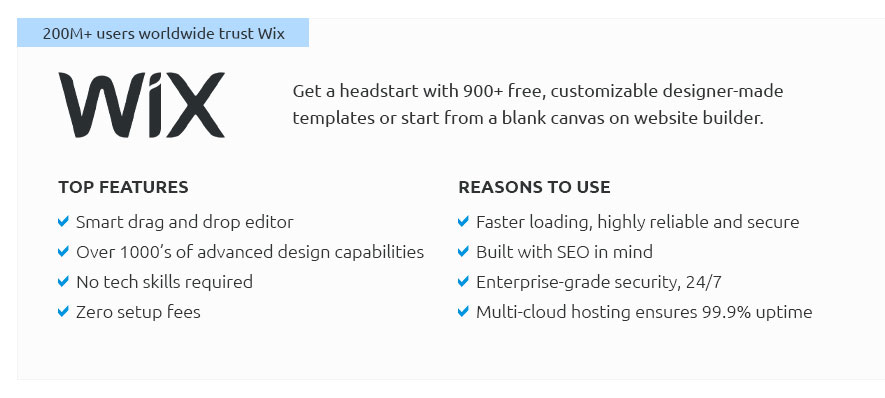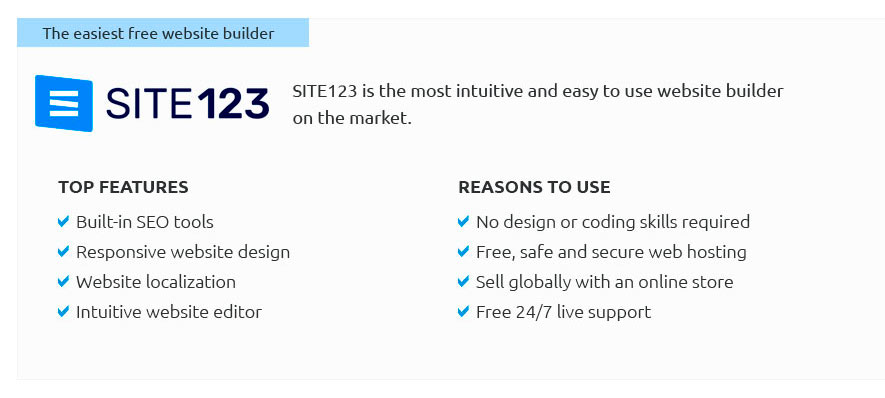 |
 |
 |
 |
|
 |
 |
 |
|
 |
|
 |
 |
|
 |
|
 |
|
 |
 |
Creating Web Pages: Essential Techniques for BeginnersUnderstanding the BasicsCreating web pages involves several fundamental steps that are crucial for both beginners and seasoned developers. At its core, web development is about using HTML to structure your content, CSS to style it, and JavaScript to add interactivity. For those just starting, mastering HTML is essential. HTML Tags and StructureHTML, or Hypertext Markup Language, is the backbone of any web page. Using semantic tags like <h1>, <p>, and <ul> helps in organizing content effectively.
By structuring your HTML properly, you ensure that search engines and assistive technologies can understand your content, which is critical for accessibility and SEO. Choosing the Right ToolsWhen it comes to creating web pages, selecting the right tools can significantly impact your productivity and the final outcome. There are numerous platforms available, ranging from simple text editors to comprehensive web development suites. Text EditorsBasic text editors like Notepad or TextEdit can be used for writing HTML, CSS, and JavaScript code. However, more advanced editors like Visual Studio Code or Sublime Text offer features such as syntax highlighting and code completion that make the development process smoother. Website BuildersFor those who prefer a more visual approach, website builders like WordPress, Wix, or Squarespace provide templates and drag-and-drop features. These platforms are particularly beneficial for those wondering how to set up a website quickly without extensive coding knowledge. Effective Design PracticesDesign plays a crucial role in the success of a web page. A well-designed website not only attracts visitors but also provides a seamless user experience. Responsive DesignWith the increasing use of mobile devices, ensuring your website is responsive is essential. Responsive design allows your site to adapt to different screen sizes, providing a consistent experience across devices. Usability and AccessibilityFocusing on usability and accessibility ensures that your website is easy to navigate and accessible to all users, including those with disabilities. This includes using alt text for images and ensuring sufficient color contrast. FAQ
https://www.amazon.com/Creating-Web-Pages-Dummies-Smith/dp/0470385359
Creating Web Pages For Dummies, 9th Edition introduces you to Web design software and online page-building tools, and walks you through the process in record ... https://www.ed2go.com/courses/computer-science/programming/ilc/creating-web-pages
This course will help you plan the content, structure, and layout of your website, create neatly formatted text, build links, and add color, graphics, and ... https://www.sitepoint.com/community/t/creation-of-web-pages/432910
You have not said whether you are using Windows or Linux. You could start by creating a HTML file using a text editor. Then browse to that to ...
|